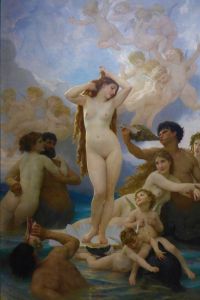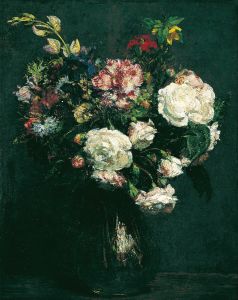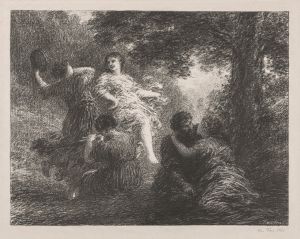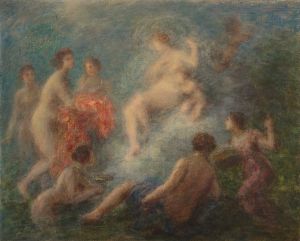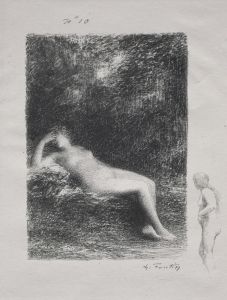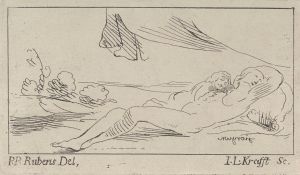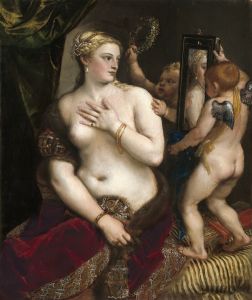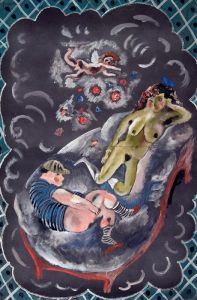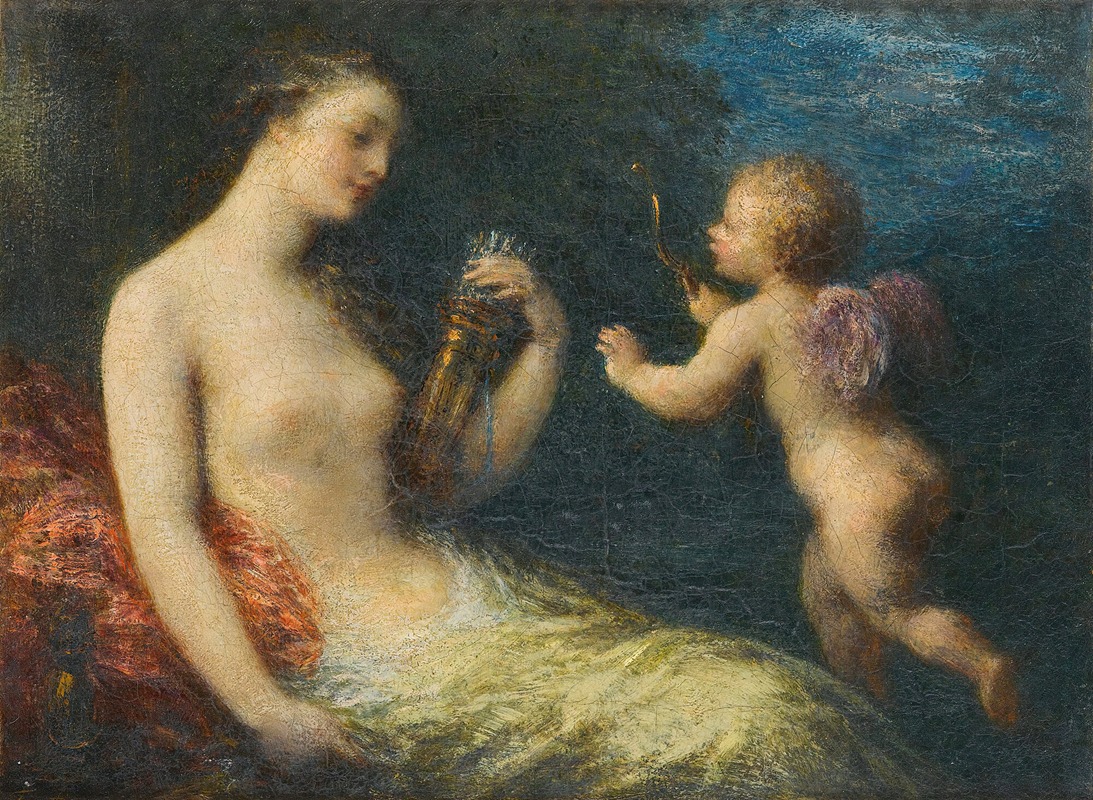
Venus And Cupid
A hand-painted replica of Henri Fantin-Latour’s masterpiece Venus And Cupid, meticulously crafted by professional artists to capture the true essence of the original. Each piece is created with museum-quality canvas and rare mineral pigments, carefully painted by experienced artists with delicate brushstrokes and rich, layered colors to perfectly recreate the texture of the original artwork. Unlike machine-printed reproductions, this hand-painted version brings the painting to life, infused with the artist’s emotions and skill in every stroke. Whether for personal collection or home decoration, it instantly elevates the artistic atmosphere of any space.
Henri Fantin-Latour, a renowned French painter known for his still lifes and group portraits, created a work titled "Venus and Cupid." However, there is limited information available specifically about a painting by Fantin-Latour with this exact title. It is possible that confusion arises from the artist's broader body of work, which often includes mythological themes and allegorical subjects, though he is primarily celebrated for his floral compositions and portraits.
Fantin-Latour was born in 1836 in Grenoble, France, and he moved to Paris in 1850, where he studied at the École des Beaux-Arts. He became associated with the Realist movement and was contemporaneous with the Impressionists, although he maintained a more traditional approach to painting. His work was characterized by meticulous attention to detail and a preference for subdued color palettes.
While Fantin-Latour did explore mythological themes in some of his works, such as "The Temptation of St. Anthony" and "The Bath of the Nymphs," these paintings are not as widely recognized as his floral still lifes or his group portraits of artists and musicians. His mythological paintings often reflect his interest in the Symbolist movement, which sought to express ideas and emotions through symbolic imagery.
"Venus and Cupid" as a subject has been a popular theme in art history, depicting the Roman goddess of love and her son, often symbolizing love and desire. Many artists across different periods have explored this theme, including Titian, Correggio, and Rubens. These works typically portray Venus as an idealized figure of beauty, accompanied by Cupid, who is often depicted as a cherubic child with wings and a bow and arrow.
Fantin-Latour's approach to such subjects would likely have been influenced by his academic training and his exposure to both the Realist and Symbolist movements. His paintings often exhibit a dreamlike quality, with soft lighting and a focus on the interplay between figures and their surroundings. If "Venus and Cupid" by Fantin-Latour exists, it would likely reflect these characteristics, combining his technical skill with a nuanced exploration of mythological themes.
Despite the lack of specific information about a painting titled "Venus and Cupid" by Fantin-Latour, his broader oeuvre provides insight into how he might have approached such a subject. His works are housed in various museums and collections worldwide, and he remains a significant figure in 19th-century French art for his contributions to both still life and portraiture.
For those interested in exploring Fantin-Latour's work further, it is recommended to examine his well-documented paintings and drawings, which showcase his range and the depth of his artistic vision. His legacy continues to be appreciated for its technical excellence and its ability to capture the subtleties of both the natural world and the human experience.





